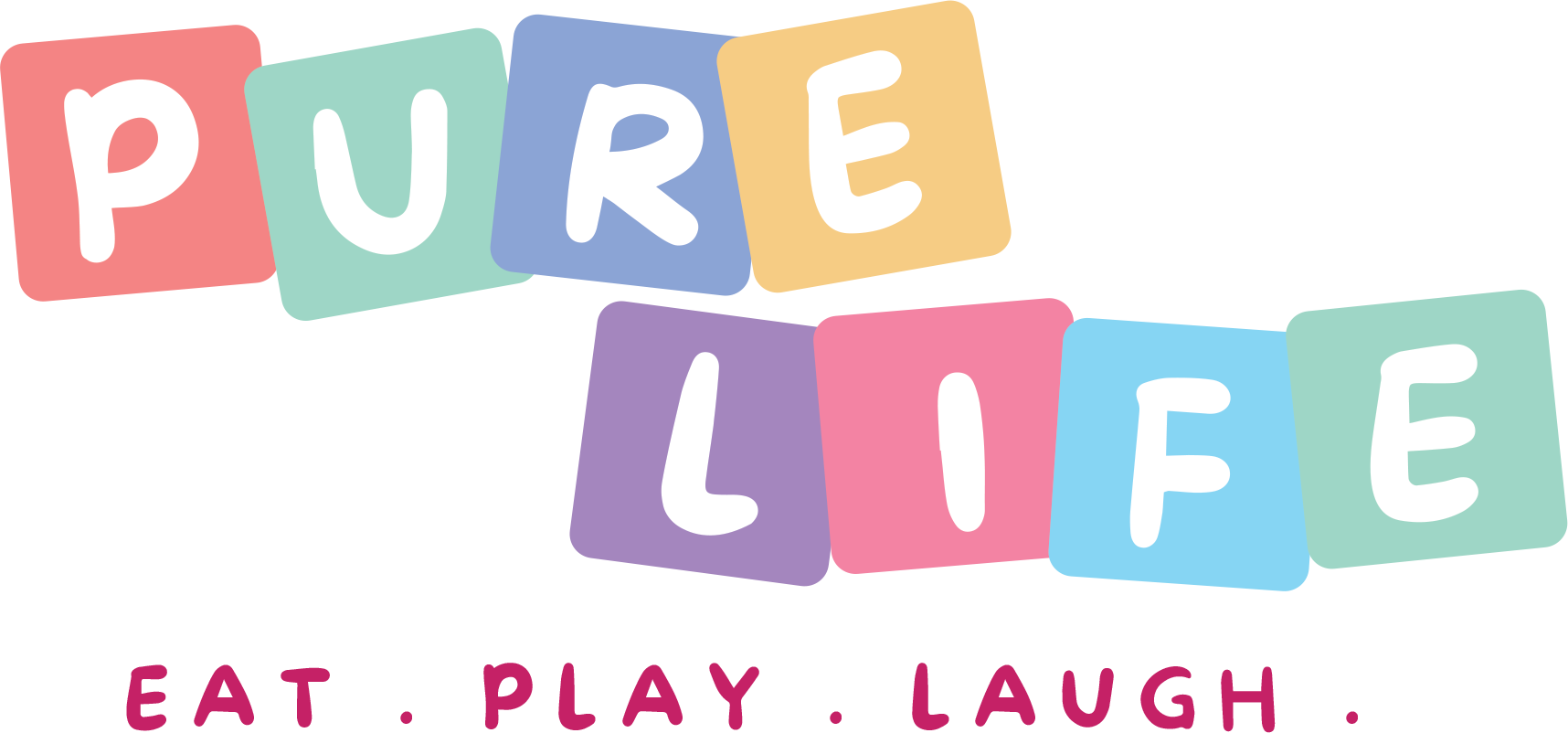Baby Food Myths Debunked: What Every Parent Should Know

Whether you’re a first-timer or a seasoned pro, feeding your baby is one of those things that can feel a bit like navigating a minefield. With all the advice (and let’s be honest, *unsolicited* advice) out there, it’s easy to get overwhelmed. One minute you’re sure that peas are the best first food, and the next, you’re questioning if you’ve been doing it all wrong. But don’t worry—we’re here to clear things up. Let’s debunk seven of the most common baby food myths so you can feed your little one with confidence. And hey, if you’re looking for safe, healthy, and delicious options, Purelife has got you covered with our trusted baby food brands like TenTen, Natufoodies, Love Earth & Double Happiness.
Now, let’s get to busting some myths!
Myth #1: Babies Should Only Eat Bland Foods
You might have heard that babies need to start with bland foods like plain rice cereal. But guess what? Babies have taste buds too! In fact, exposing them to a variety of flavors early on can help develop their palate and make them more open to trying new foods later (Carruth & Skinner, 2001). So go ahead and introduce a little bit of cinnamon in their cereal bowl or a dash of garlic in their veggie pasta — your baby’s taste buds will thank you!
Myth #2: Store-Bought Baby Food is Unhealthy
Here’s the truth: Not all store-bought baby food is created equal, but that doesn’t mean it’s unhealthy. In fact, many reputable brands, including those we sell at Purelife, focus on providing organic, non-GMO, allergens-free and nutrient-packed options that are – wait for it – made from REAL fruits and vegetables. The key is to read the labels and choose products with minimal ingredients, so you know exactly what’s going into your baby’s belly (Wosje et al., 2010). Convenience doesn’t have to mean compromise!
Myth #3: You Shouldn’t Introduce Allergenic Foods Until Later
This myth has been around for a while, but recent research suggests that introducing allergenic foods like peanuts, eggs, and dairy early on (around 6 months) might actually reduce the risk of developing allergies (Greer et al., 2008). Of course, every baby is different, so talk to your pediatrician about the best approach for your little one.
Myth #4: Babies Need Juice for Vitamins
Juice might seem like a quick and easy way to get some vitamins into your baby, but it’s actually not necessary, and it can even be harmful if given too early. Juice is high in sugar and can lead to tooth decay and an increased risk of obesity (Heyman & Abrams, 2017). Instead, stick to breast milk, formula, or water, and let them get their vitamins from their food. The brands we market always make it their priority to include fruits and vegetables that will provide babies with the vitamins, minerals, calcium etc, they need to stay healthy.
Myth #5: Homemade Baby Food is Always Better
Sure, homemade baby food is great because you know exactly what’s in it. But that doesn’t mean it’s always better. Store-bought baby food – like what we have at Purelife – is rigorously tested for safety and nutritional content, which can give you peace of mind. Plus, it’s super convenient for those busy days when you just don’t have time to puree carrots (Wosje et al., 2010).
Myth #6: Babies Need to Eat Purees Until They’re One
It’s a common belief that babies need to stick to purees until they’re a year old, but that’s not necessarily true. By 7-8 months, many babies are ready to start trying soft, mashed foods and finger foods. Baby-led weaning, where babies feed themselves from the start, is also becoming more popular and has been shown to help with motor skills development (Rapley & Murkett, 2008). So, don’t be afraid to let your baby get their hands a little dirty!
Myth #7: You Shouldn’t Mix Foods When Introducing Solids
There’s a myth that mixing foods might confuse your baby’s taste buds or make it harder to identify allergies. However, mixing foods can actually make meals more interesting and enjoyable for your baby. It’s perfectly fine to combine a few different flavors, like banana and avocado, to see what they like. Just introduce new foods one at a time to monitor for any allergic reactions (Greer et al., 2008).
So, what did we gather from the myths we’ve debunked? Feeding your baby should be fun, not stressful! By debunking these myths, we hope you feel more confident in making the best choices for your little one. Remember, whether you’re whipping up something homemade or grabbing something off of Purelife’s shelf, the most important thing is that your baby is getting the nutrition they need to grow healthy and strong.
References
Carruth, B. R., & Skinner, J. D. (2001). The role of dietary variety in the development of food acceptance and eating behaviors. *Journal of the American Dietetic Association, 101*(2), 159-166.
Greer, F. R., Sicherer, S. H., & Burks, A. W. (2008). Effects of early nutritional interventions on the development of atopic disease in infants and children: The role of maternal dietary restriction, breastfeeding, timing of introduction of complementary foods, and hydrolyzed formulas. *Pediatrics, 121*(1), 183-191.
Heyman, M. B., & Abrams, S. A. (2017). Fruit juice in infants, children, and adolescents: Current recommendations. *Pediatrics, 139*(6), e20170967.
Rapley, G., & Murkett, T. (2008). *Baby-led weaning: Helping your baby to love good food*. Vermilion.
Wosje, K. S., Khoury, P. R., Claytor, R. P., Copeland, K. A., Hornung, R. W., Daniels, S. R., & Kalkwarf, H. J. (2010). Dietary patterns associated with fat and bone mass in young children. *American Journal of Clinical Nutrition, 92*(2), 294-303.
